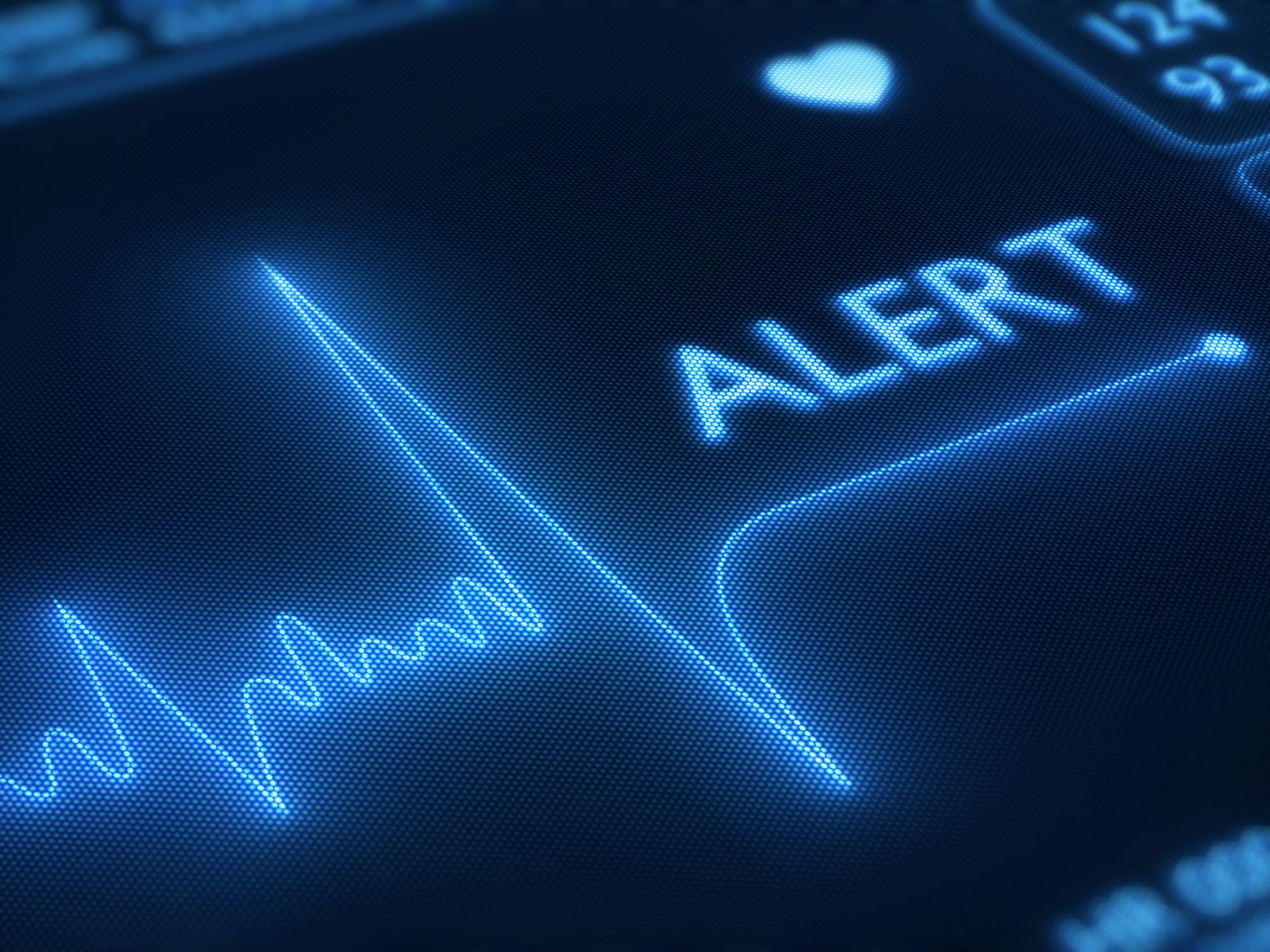My dad suffers from stroke
My 70-year-old dad suffered stroke last week. With the lockdown in our state, it is difficult to manage his condition; although we were able to take him to hospital for review and treatment. I wish to request for more information about stroke. Labaran X. Thanks, Labaran and wishing your dad quick recovery. Stroke occurs when […]

My 70-year-old dad suffered stroke last week. With the lockdown in our state, it is difficult to manage his condition; although we were able to take him to hospital for review and treatment. I wish to request for more information about stroke.
Labaran X.
Thanks, Labaran and wishing your dad quick recovery. Stroke occurs when the blood supply to the brain is interrupted or reduced. This deprives the brain of oxygen and nutrients, which can cause the brain cells to die. A stroke may be caused by a blocked artery (ischemic stroke) or the leaking or bursting of a blood vessel (hemorrhagic stroke).
Common symptoms
- Trouble with speaking and understanding.
- Paralysis or numbness of the face, arm or leg.
- Trouble with seeing in one or both eyes.
- Headache, a sudden, severe headache
- Trouble with walking.
Potential causes
Ischemic stroke: About 85 percent of strokes are ischemic strokes. Ischemic strokes occur when the arteries to the brain become narrowed or blocked, causing severely reduced blood flow (ischemia).
- Thrombotic stroke. A thrombotic stroke occurs when a blood clot (thrombus) forms in one of the arteries that supply blood to the brain. A clot may be caused by fatty deposits (plaque) that build up in arteries and cause reduced blood flow (atherosclerosis) or other artery conditions.
- Embolic stroke. An embolic stroke occurs when a blood clot or other debris forms away from the brain commonly in the heart and is swept through bloodstream to lodge in narrower brain arteries. This type of blood clot is called an embolus.
Hemorrhagic stroke occurs when a blood vessel in the brain leaks or ruptures. Brain hemorrhages can result from many conditions that affect blood vessels, including uncontrolled high blood pressure (hypertension), overtreatment with anticoagulants and weak spots in blood vessel walls (aneurysms).
- Intracerebral hemorrhage, a blood vessel in the brain bursts and spills into the surrounding brain tissue, damaging brain cells. Brain cells beyond the leak are deprived of blood and also damaged. High blood pressure, trauma, vascular malformations, use of blood-thinning medications may cause an intracerebral hemorrhage.
- Subarachnoid hemorrhage, an artery on or near the surface of the brain bursts and spills into the space between the surface of the brain and skull.
Transient Ischemic Attack (TIA)
A transient ischemic attack (TIA), also known as a ministroke, is a brief period of symptoms similar to those you’d have in a stroke. A temporary decrease in blood supply to part of the brain causes TIAs, which often last less than five minutes. Like an ischemic stroke, a TIA occurs when a clot or debris blocks blood flow to part of the brain. A TIA doesn’t leave lasting symptoms because the blockage is temporary.
What are the risk factors?
- High blood pressure, the risk of stroke begins to increase at blood pressure readings higher than 120/80 millimeters of mercury (mm Hg).
- Cigarette smoking.
- High cholesterol.
- Diabetes.
- Obstructive sleep apnea, a sleep disorder in which the oxygen level intermittently drops during the night.
- Cardiovascular disease, including heart failure, heart defects, heart infection or abnormal heart rhythm.
- Personal or family history of stroke, heart attack or transient ischemic attack.
- Being age 55 or older.
What are the complications?
A stroke can sometimes cause temporary or permanent disabilities.
- Paralysis or loss of muscle movement.
- Difficulty talking or swallowing.
- Memory loss or thinking difficulties.
- Emotional problems. People who have had strokes may have more difficulty controlling their emotions.
- Pain. People who have had strokes may have pain, numbness or other strange sensations in parts of their bodies affected by stroke.
Stroke treatment
- For acute ischemic stroke, tissue plasminogen activator (tPA) is given via intravenous therapy (IV) and works by dissolving the clot and improving blood flow to the part of the brain being deprived of blood flow.
- Some ischemic strokes are treated with small mechanical devices that remove or break up blood clots.
- In treating a hemorrhagic stroke, is to find the cause of bleeding in the brain and then control it and also controlling high blood pressure and surgery to remove the bleeding vessel and blood that has spilled into the brain.
- Physiotherapy is also recommended to help improve stroke.
